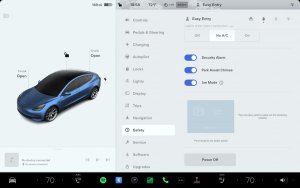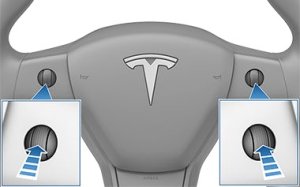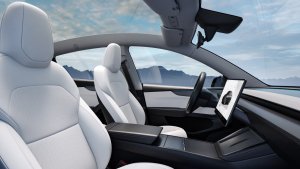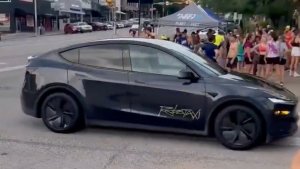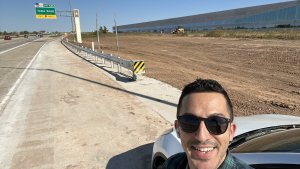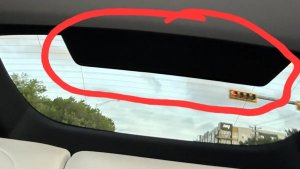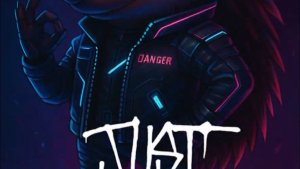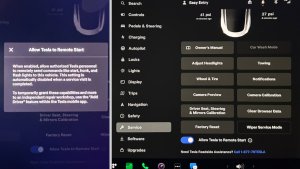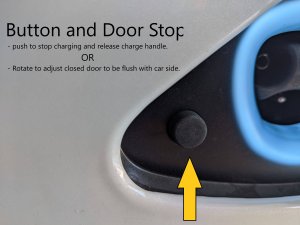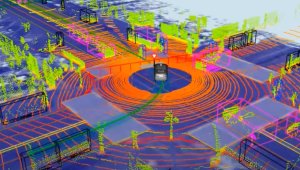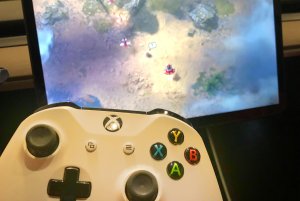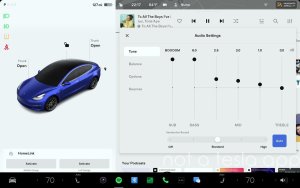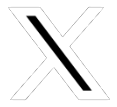Joe Rogan's interview with Elon Musk on February 10, 2021. Discuss Space X, Roadster 2.0 and Model S Plaid+
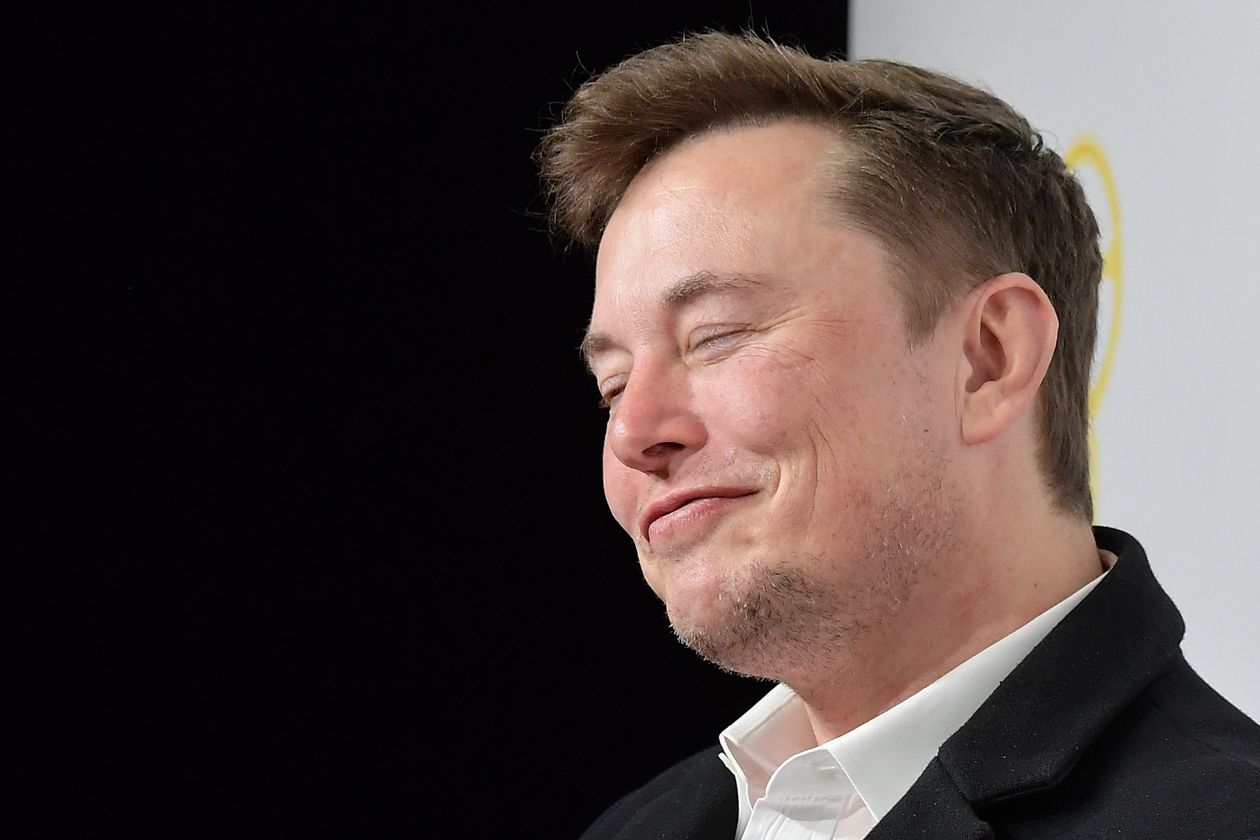
The other day (Feb 10, 2021) Joe Rogan interviewed Elon Musk for 3 hours on his Spotify podcast (You can listen to a replay of the podcast below). They were in Texas and not California so no pot was smoked this time. The discussion began with the topic of UFOs and Alien Life, which Musk easily dismissed by observing that over the centuries tens of thousands of archaeologist have not once found a shred of evidence for alien life - e.g. a titanium cube in a pyramid - so "they must be very shy," he said, or else there is no such thing.
Over glasses of bourbon on the rocks Rogan and Musk talked about the new Roadster, which would be shipping some time in 2022. Rogan asked him how the rocket propulsion would work, and would the car be able to hover. Musk said for sure he wanted it to hover, but not more than a metre (3 - 6 feet) above the ground. "I don't want to kill anybody," he said, adding that it might wreck the suspension if it dropped from that height, but people would survive. He explained how the car would come stock with two kiddie seats in the back, but if you ordered the "SpaceX option package" that part of the car would instead contain a carbon fibre reinforced ultra high pressure tank at 10,000psi. "The license plate would flip down James Bond style and a rocket thruster would come out that gives you three tons of thrust. This thing would move like a bat out of hell," said Musk.
As for the Model S Plaid, he said they just tested it and got acceleration of 0 - 60 in 1.96 seconds. He said as delivered the new Model S Plaid would beat 7 seconds on the Nürburgring track, which is unheard of for stock cars. In practical terms Musk said that off the line from a green light, "The car will hit 60 mph before it crosses the intersection. It's insane. It's uncomfortably fast."
On the question of how people will drive the new Model S without a stalk for shifting gears Musk said that when you press the brake and then the accelerator the car would simply figure out whether you want to go backward or forward. "It looks and sees if there's an obstacle in front, in which case it would choose reverse," said Musk. If the situation is ambiguous it defaults to the inverse of whatever you started with, says Musk. This would happen when parallel parking for instance. Besides he says if you just swipe up or down on the screen it changes direction. "You'll see. Once you get rid of the stalk and have the car figure it out, it's annoying to have a stalk."
Musk then gave a quick tip: "If you just swipe down on the navigate button in any Tesla it figures out if you want to go Home or to Work and just navigates there." If it's morning time it assumes work. His basic philosophy is that the car should always know what to do. He says, "All input is error. If you have to do something, it's an error." That is: the car should always naturally know to do the right thing. If you have to intervene, then the car did something wrong.
He then told Rogan that his favourite game in the car is Polytopia, a strategy game. "That's my top recommendation for any game in the car." He said in the future, as cars become more autonomous, trips are really going to be more about entertainment. "Entertainment first, and then productivity," says Musk.
He then talked about how much he liked Austin, Texas where they are building the factory for the Cybertruck. "This is where the Tesla team wanted the factory to be. It's a mini California in Austin," says Musk. "I think Austin is going to be the biggest boom town that America has seen in half a century." The Tesla factory is only 2 miles from the airport. "We have a lot of land: 2500 acres right next to the airport."
He said they had to redesign the Cybertruck to be two or three inches smaller so it would fit into the tunnels made by his Boring Company. He predicted that volume truck production would happen in 2022 and it would have a range of something around 300 miles (~500 km). Talk then turned to aerodynamic drag for the cybertruck. Turns out the sharp angles of the truck are very bad for aerodynamics. "Air likes rounded surfaces," says Musk. But he added that having the angled cover at the rear over the truck bed makes a huge difference, and is unlike any other pickup truck where the flat bed and tailgate act like dragging a parachute behind the vehicle.
Musk then started talking about tires. He said that an airless tire was probably coming but it was a very difficult problem, all things considered.
Next they talked about vans. He said with a flat roof, and a big awning that spread out to the side they might be able to put solar panels on top, and get enough energy to provide 30 miles a day of range from the sun for free. "Capturing solar energy is all about area," says Musk. You need an area the size of a house roof to be practical for charging an electric vehicle.
Later in the program Musk got on the subject of automobile safety including seat belts and airbags. At one point Musk said, "Modern air bags are so good they will blow your mind," even suggesting that seat belts might not even be necessary. "At Tesla we have even updated the software to improve how the airbags deploy." Based on an array of sensors in the seats, he said, "We calculate if you are an adult then how much do you weigh. Are you on this part of the seat or that part. Are you a baby? Are you a toddler? We work out if it's a male or a female to a percentile probability." Tesla airbags fire differently depending on your weight, your position on the seat, and even what your gender orientation is. Musk added that airbag deployment software improvements is always included with regular over the air updates so it's always getting better. "The sophistication of airbags is crazy good," he says.
Next they talked about lithium batteries used in cars. When Rogan asked if lithium was a rare element Musk assured him that it was everywhere, one of the most common elements in the universe. He pointed out that the term 'lithium battery' is actually a misnomer because the batteries are composed mostly of either nickel or iron. Using a food analogy Musk said, "Lithium is like salt. Do you like salt on your salad? Sure. But it's not made of salt." According to Musk nickel-based batteries are more energy dense but iron-based batteries are cheaper to produce. He said Tesla's batteries contain a nickel cathode, a carbon/silicon anode and the lithium ions just trundle back and forth between the two.
Rogan and Musk continued to sip their whiskey as they moved on to the topic of climate change and what can be done. Musk's position is that since the oil supply is finite, at some point we MUST switch to more renewable sources of energy, so why not do it sooner rather than later. He did not come down hard on the oil and gas industry. Instead he promoted a carbon tax which both he and Rogan agreed was a no brainer. Musk says he has already spoken to President Biden urging him to introduce a carbon tax in the US, but Biden was not prepared to do that as it would be politically dangerous. According to Musk a carbon tax is key to solving the climate crisis because it internalizes the economic cost of burning fossil fuels for energy. He talked about his creation of an X-Prize for a viable carbon capture technology, saying that a HUGE amount of energy is always required to capture carbon. "How much wind or solar energy is required to pull carbon out of the atmosphere and make a cube of it or something, a giant cube?" he asks. "We don't actually know the answer to this question and that's why I'm giving a hundred million dollars to get a better answer."
The conversation then turned to the Model X which Musk described as the Fabergé Egg of cars and an insane exercise in hubris. "We really got carried away with that car," says Musk. He seemed somewhat embarrassed. They talked about its amazing HEPA filter system, it's crazy doors, and it's incredible stability in safety tests. He pointed to a few specifics. For instance that the gull-wing doors have specially developed ultrasonic motion sensors that are hidden so they didn't have to put the typical little round plastic pucks on the outside of the door. Also the way the seats are mounted on a rear inclined single post with all the mechanism hidden beneath the floor, "so if you open the door and look through, it's just completely clean," says Musk. "The floor is like a knife edge. There's nothing else like it." The windscreen of the Model X is like in a helicopter he says. "There's no place to attach the sun visor. So we had to create sun visors that nest in the A pillar, rotate forward with a magnetic attachment that pops out and attaches to the rear view mirror." The sound system in the Model X is designed taking into account that the windscreen acts like a giant subwoofer resonator. "The sound system is epic in the X," says Musk. "It's good in the S too. It's even better in the new S." Rogan then asked if there's going to be a plaid X and Musk said sure and bizarrely fast for an SUV, with a range of about 350 miles (560 km). You can order one now on Tesla.com for about $113,000.
The next topic of conversation was the Tesla Semi truck. Musk said that Tesla semis are already being used to move cars. "We drive them back and forth from Fremont to Reno transporting stuff." He quoted a range of about 300 miles, which he said was enough for most trips driven by trucks. You want a 500kWh battery pack in a semi said Musk, reminding Rogan that the Model S comes with a 100kWh pack. This would be accomplished by incorporating the battery packs as structural elements of the truck frame. "This definitely works one hundred percent, there's no question about it," said Musk. He also said that Tesla semi trucks will be inherently safer with a super low centre of gravity and also "with individual motors controlling the wheels the computer will automatically prevent it from jackknifing, a truck driver's worst nightmare."
The interview ended with Rogan asking Musk if he was planning to branch out into airplane design and production. Musk responded by saying his brain would explode if he did because he has so much on his plate already. He said no car company has ever expanded into "air cars." But he then spent a few minutes discussing the physics of flight, concluding that the main goal should be to get as high as possible as fast as possible, because once you are at 100,000 feet (30.5km), air density is 1% of that on the surface, which means you can go very fast using very little energy. He said the problem with combustion engines was that they needed air to burn fuel, and with the air density at altitude being 100 times less than on the surface it's very difficult to design a combustion engine that can operate over such a huge range. "It's an intractable problem," said Musk, "But if you have an electric plane it's not burning anything so it doesn't matter." Musk said that Tesla would likely do trucks and boats before they work on airplanes, "But ultimately there will be an electric vertical take off and landing supersonic jet." He said a lot of other smart people are working on it, so it will probably happen.











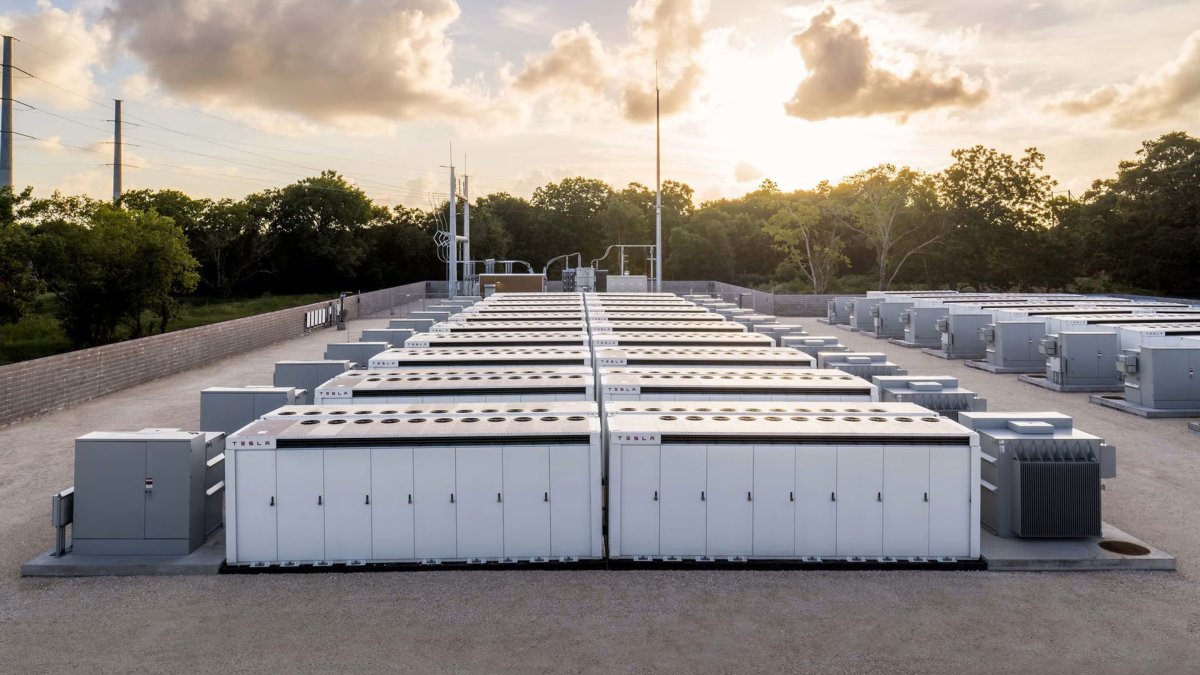
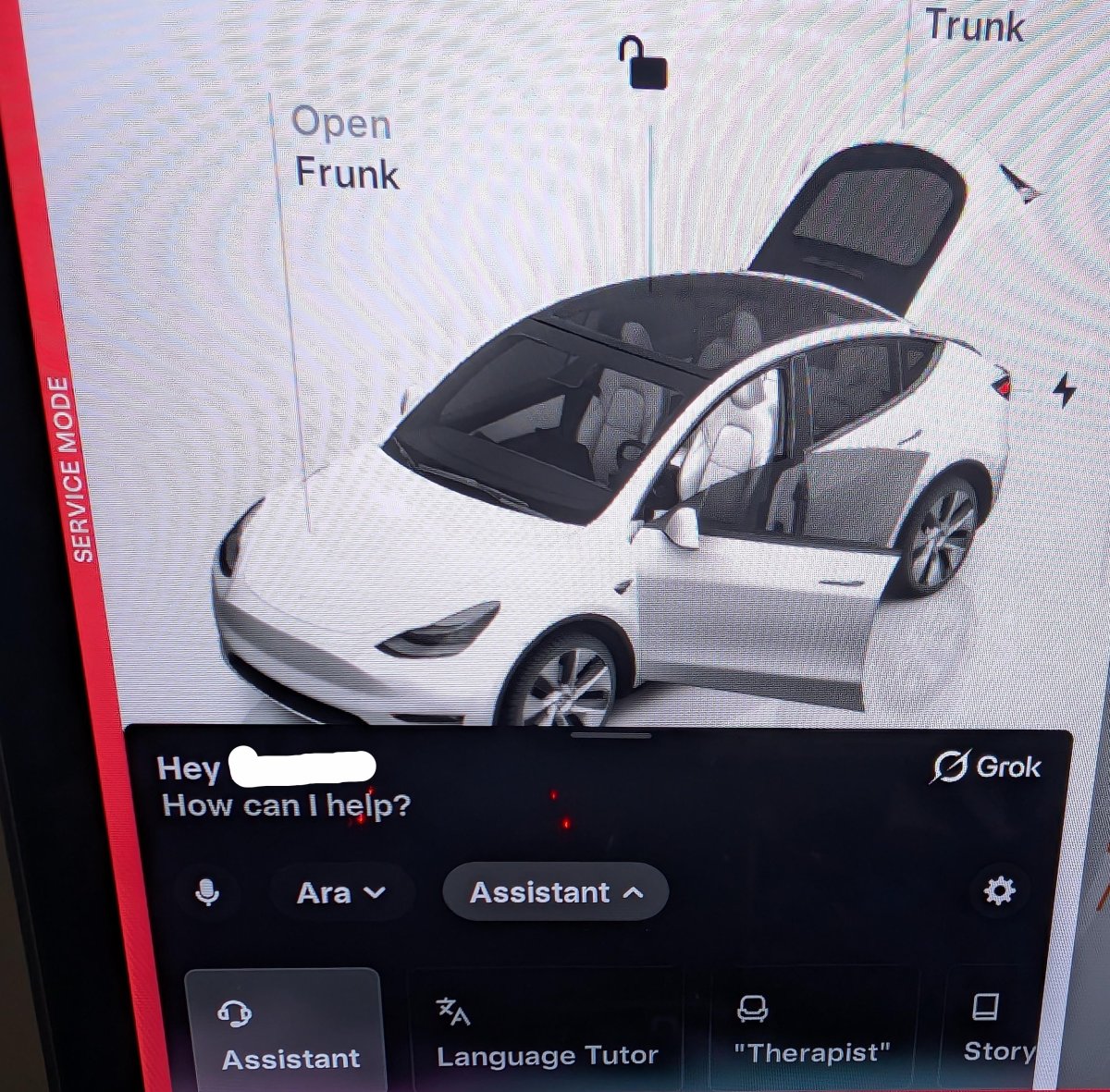




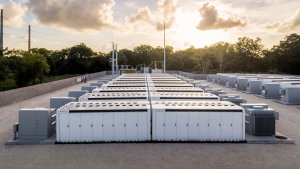


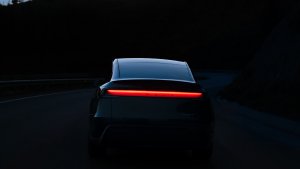
![Tesla Autonomously Delivers Its First Vehicle to Customer — And It’s More Impressive Than Expected [VIDEO]](https://www.notateslaapp.com/img/containers/article_images/model-y-2025/newmodely_77.jpg/382e0312c769d0bb2e1234f7ac556fad/newmodely_77.jpg)

